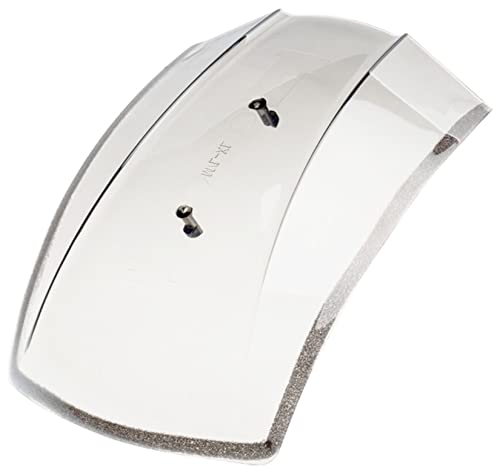This is a follow on thread to my the 1985 Limited edition and 1986 SE-i Fuel Injection Motorcycles: https://classicgoldwings.com/thread...d-1986-se-i-fuel-injection-motorcycles.14941/. I enjoy anything EFI.
This thread will look at the tuning software, Tuner Studio, and data analysis software, MegaLogViewer (MLV). These software applications, licensed versions are powerful tools that allow the user to calibrate/configure/modify the engine tune for maximum engine performance and fuel economy. The existing CFI system, especially the engine tune, is a compromise resulting in good street performance and fuel economy.
These software applications in conjunction with an aftermarket ECU provides the rider/user with the ability to better tune the engine for performance and fuel economy, and address operation issues. The ability to have access to the various features/functions of the ECU is a game changer with these motorcycles, considering that this ability has not been available to the rider/user to date. This is not to say that a rider/user would delve into this, but it would be available.
Discussing these software applications should give riders with an FI motorcycle, or cars/trucks for that matter, a good insight into an EFI installation. How the fuel injectors are controlled, how does the battery voltage affect the FI system operation, and so on.
This thread is for information only, and maybe, be a tipping point for many who may think about undertaking an EFI conversion, or doing an upgrade/modernization project because access to the existing ECU is not available. This is not to say that changing to an aftermarket ECU guarantees the user access to the tuning software, data analysis applications - may be a proprietary issue.
I am the primary recipient of the benefit(s) from doing a thread such as this as I use the TS and MLV software applications on a regular basis. The more I delve into these software applications, the more I learn how these software applications enhance the engine tuning experience.
Enough of a preamble. Cheers
This thread will look at the tuning software, Tuner Studio, and data analysis software, MegaLogViewer (MLV). These software applications, licensed versions are powerful tools that allow the user to calibrate/configure/modify the engine tune for maximum engine performance and fuel economy. The existing CFI system, especially the engine tune, is a compromise resulting in good street performance and fuel economy.
These software applications in conjunction with an aftermarket ECU provides the rider/user with the ability to better tune the engine for performance and fuel economy, and address operation issues. The ability to have access to the various features/functions of the ECU is a game changer with these motorcycles, considering that this ability has not been available to the rider/user to date. This is not to say that a rider/user would delve into this, but it would be available.
Discussing these software applications should give riders with an FI motorcycle, or cars/trucks for that matter, a good insight into an EFI installation. How the fuel injectors are controlled, how does the battery voltage affect the FI system operation, and so on.
This thread is for information only, and maybe, be a tipping point for many who may think about undertaking an EFI conversion, or doing an upgrade/modernization project because access to the existing ECU is not available. This is not to say that changing to an aftermarket ECU guarantees the user access to the tuning software, data analysis applications - may be a proprietary issue.
I am the primary recipient of the benefit(s) from doing a thread such as this as I use the TS and MLV software applications on a regular basis. The more I delve into these software applications, the more I learn how these software applications enhance the engine tuning experience.
Enough of a preamble. Cheers

























































